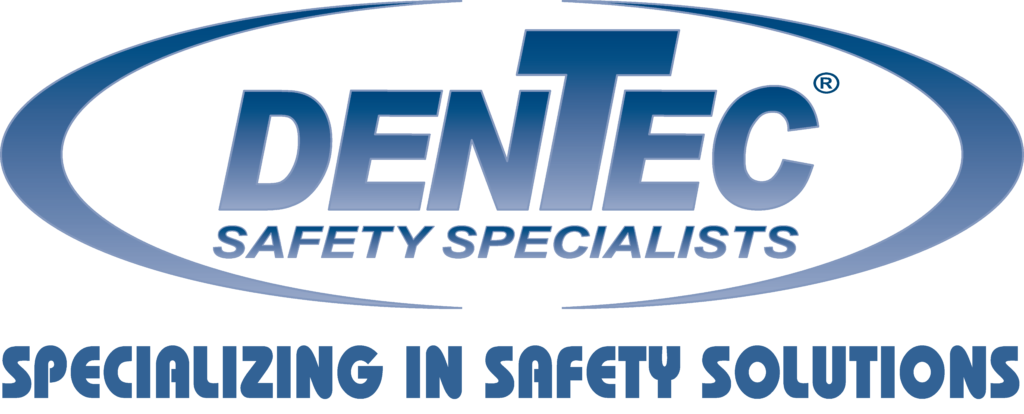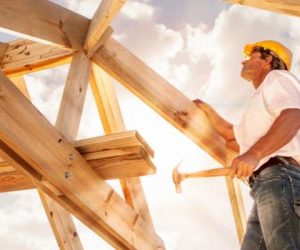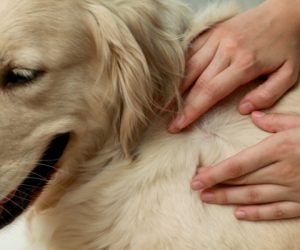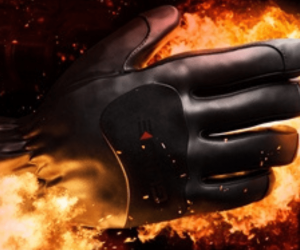It’s been a long winter and even though we can’t wait for those warmer summer months to finally arrive, unfortunately we are now entering wild land fire season. August is typically the peak month of when wild land fires occur across western Canada and in eastern and western US states like California, Georgia, Texas, North Carolina, Florida, Arizona and Oklahoma which have become increasingly dry and hot making them more susceptible. However, due to climate change and environmental factors, this season is lasting longer, becoming more intense and requiring more efforts and resources to control.
To stay informed about current fire activity and risk areas near you click here.
Whether you live near a high-risk zone, are apart of fire services, or work/ participate in clean-up, effective personal protective equipment is critical to have on hand to ensure you/ your employee’s safety and reduce risk of injury or serious illness.
Stay safe this season with Dentec’s Checklist of priority PPE products to have on hand to reduce risks and injuries associated with wild land fires.
SQWINCHER
With this season comes dry and often extremely hot conditions. If you live or work in a wild land fire zone or even in a similar climate, heat stress is one of the biggest risks, you need to be prepared for. High temperature work environments can lead to a variety of heat-illnesses including: heat stroke, heat stress, heat strain, heat cramps, heat exhaustion, heat fatigue, heat rashes and injuries related to heat stress fatigue.

In heat stress environments, the body reacts by perspiring. When this occurs, much more is lost than water; magnesium, potassium, sodium and calcium are also sacrificed. These minerals, or “electrolytes” are crucial to the human body in maintaining healthy muscles and a productive level of energy. When too much fluid and too many electrolytes are lost, the body becomes dehydrated. As a result, the stage is set for heat stress or more serious injury or accident. Water can replace lost fluid, BUT water CANNOT replace electrolytes to a level sufficient enough to prevent heat stress. Water is considered to be even less effective when used by workers with less than perfect nutritional habits or health problems.
Check out 5 Factors that Lead to Dehydration and the Sqwincher: Heat Stress Poster
Fortunately, there is a better option, Sqwincher’s electrolyte replacement formula is specifically designed for the high heat environments of industry. With 50% more potassium and 50% less sodium than other popular drinks used in industry, Sqwincher offers workers one of the most effective electrolyte replacement drinks currently available. Absorbed by the body 98% faster than water, great tasting Sqwincher does more than restore fluids. It replenishes the electrolytes and minerals lost due to perspiration, elements critical for proper rehydration, something pure water does not do.
Learn more about the great taste and benefits of Sqwincher here to combat heat stress and protect employees and yourself from lost time and medical costs.
RESPIRATORY PROTECTION

Respiratory Protection for Firefighters
Smoke from wild land fires contains chemicals, gases, and fine particles that can harm health. The greatest hazard comes from breathing fine particles, which can reduce lung function, worsen asthma and other existing heart and lung conditions, and cause coughing, wheezing and difficulty breathing, according to Cal/OSHA.
If you decide to use respirators against the hazards of ash particles and soot left over from a wildland fire a National Institute for Occupational Safety and Health (NIOSH) certified particulate respirator, such as an N95, N99, N100, R95, P95 & P100 respirator in either a disposable or reusable respirators style can be used to help reduce the user’s exposure to these particles.

Respirators certified to the National Institute for Occupational Safety and Health (NIOSH) approval have been tested to have at least 95, 99 or 100 percent filtration efficiency against submicron particles, which includes the size ranges of smoke and soot. However, because wild land fires contain chemical, gases and fine particles the use for more elaborate respiratory protection will be required. When the hazard level is unknown or when the levels are in IDLH concentration (Immediately dangerous to life & health) a self-contained breathing apparatus should be used.
If administrative controls are unsuccessful in reducing exposures to acceptable levels, firefighters should be provided with air purifying respirators for formaldehyde, respirable particulate matter, organic vapors and acids, acrolein, and PAH. However, firefighters should be cautioned that at high altitudes the effectiveness and duration of air purifying cartridges is unknown.
There is also a concern that firefighters using air purifying respirators may unknowingly expose themselves to higher levels of contaminants not removed by their respirator than they would otherwise. Until a respirator is developed for wildland firefighting that effectively removes carbon monoxide, air purifying respirators should be used in conjunction with a carbon monoxide alarm.
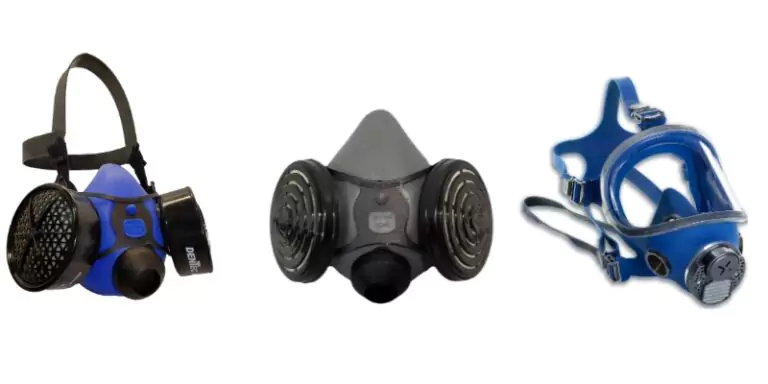
In California, the Lawrence Livermore Laboratory has, for a number of years, issued negative pressure full-face air purifying respirators with HEPA/P100 filters and acid gas/organic vapour cartridges and a pre-filter to its wildland firefighters (Johnson, 2007). During the past year, firefighters have been given a choice between a full-face and a half-face respirator. In Western Australia, FESA has issued negative pressure half-face masks with particulate air purifying cartridges to its career firefighters for a number of years, adding a formaldehyde cartridge in 2006 (FESA 2003; De Vos et al. 2006; Parlour 2007). Use of these respirators is voluntary, and while a minority of the firefighters do not use them because they find them uncomfortable, most of the career firefighters choose to use them mainly for high intensity short duration urban interface wildland fires and they are satisfied with the result (Parlour 2007). FESA is currently considering whether or not to make the use of respirators mandatory for all career firefighters and is to develop criteria to enable distribution for volunteer firefighters working in similar conditions. Due to eye irritation from smoke and to protect the face from additional chemical and particulate exposure it would be useful to consider a full face mask versus a half mask where the known exposure limits do not require a full-face mask.
Respiratory Protection for Wild Land fire Cleanup
As construction and homeowners prepare to clean up damage done by the fires, it is important to understand what the choices are for respiratory protection.
Guidance for employers and workers on working safely in conditions with heavy smoke caused by the wild land fires is available on various state websites such as Cal/OSHA’s that include frequently asked questions about N95 masks for employers and workers.
Individuals participating in clean-up efforts should know that wearers of N95 respirators can get a good fit by following the instructions.
*Consumers should also be aware of basic information on the use and limitations of respirators.
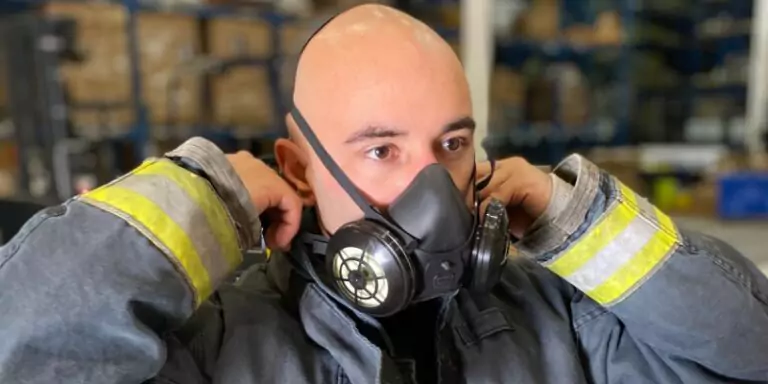
Guidelines for non-occupational users of Respiratory Protection during wild land fire cleanup:
- To provide protection, the respirator must fit the individual properly. Please follow the fitting instructions provided with the respirator to help you reduce your exposure to the hazard. If the respirator is not fitted properly, the airborne particles will penetrate the face piece seal.
- It is critical that the seal between the mask and the face is not obstructed in any way as it will prevent the respirator from providing an effective seal. Men should be clean shaven when using the respirator. Hair, jewelry, and clothing should not be between your skin and the respirator.
- Respirators should be worn during the entire time you are cleaning up.
- Generally, respirators are designed for adults. Respirators may help reduce exposure to airborne contaminants, but they don’t eliminate the risk of exposure, symptoms and sickness
- Individuals with a compromised respiratory system, such as asthma or emphysema or those with a history of heart disease should consult a physician before wearing a respirator. If you experience dizziness, irritation or other distress while wearing a respirator, go to a clean area and remove your respirator. Consult your doctor to determine whether or not you should continue use of the respirator.
- Respirators may help reduce exposure to airborne contaminants, but they don’t eliminate the risk of exposure, symptoms and sickness.
- If asbestos, lead, or a large area of mold is present or other hazardous materials is present, you should hire a contractor and contact your local department of health.
- N95, N99, N100, R95, P95 & P100 respirators or other particulate respirators are not designed or certified for use against hazardous levels of gases and vapors, such as carbon monoxide, or for areas with low oxygen levels. It is recommended that homeowners with these types of hazards should hire a contractor and contact their local department of health.
- Employers and workers using respirators must use them in accordance with the Occupational Safety and Health Administration’s (OSHA’s) regulation 1910.134, General Respiratory Protection, or your state OSHA program, that requires a full respirator program including comprehensive training, medical evaluation and fit testing.
FOAM-LINED EYE PROTECTION
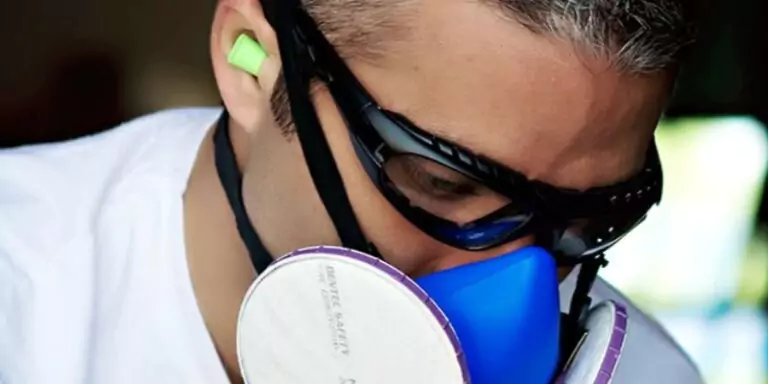
Safety glasses are one of the most common types of PPE, but if participating in any outdoor work in windswept conditions, or dusty, dirty and smoky environments similar to the elements in high risk zones, you should consider upgrading your eye & face protection to foam lined eye wear like the Sand Viper™, DustDevil™, SentecDX™ and CeeTecDX™.
These design features include:
- Vented EVA Foam – Prevents eye injuries from wind, dust and debris. Hypo-allergenic.
- Fog-Free System – Clear vision and durability with anti-fog, scratch-resistant lens coating.
- Impact Protection.
From increased visibility to reduced injury risks, learn about all the benefits and why foamed lined eye wear is the fastest growing segment in eye & face protection.
BURN TREATMENT

If you’re working or living in high risk zones this season, you have an increased risk of Thermal Burns. Knowledge and access to burn treatment equipment is critical for emergency care and situations. Burnshield® is an international go-to emergency burn care range of products that provide an immediate and effective method of treating burn injuries in the acute (emergency) phase. Burnshield® is a remarkable sterile line of burn gels and burn dressings for optimal emergency burn care.
Typically, you will suffer a thermal burn when you touch:
Flames or fire
Hot, molten liquid or steam (referred to as a scald)
Hot objects
Treatment for thermal burns depends on the location and severity of the burn. For moderate to severe burns, you should immediately seek medical attention.
Then take these steps:
- Put out any fire or flames and stop contact with the hot or heated source
- Use Burnshield® Hydrogel or a Burnshield® Dressing to cool the burn and treat it. (If not available run under sterile water for 15-20min to cool the burned area. Do not use ice, as it may further damage the skin.
- Do not remove parts of your skin or pop blisters as everything under the skin is sterile. Seek medical attention for further treatment.

Burnshield Blankets: Fire Trauma Blanket was developed in conjunction with the Wool Board and the CSIR for the emergency services market. This versatile application is used as protection for rescue workers entering or leaving a fire area. It can also be used to extinguish flames on a burn victim and, if necessary, be used a large dressing, providing instant pain relief and begin the healing process while victims are being transported to emergency care units. The Blanket is made from 100% wool and is woven into a specially designed interlinking cellular structure for maximum effectiveness. The flexible shoulder barrel-bag allows for hands free portability and storage.

For more information on burn treatment and prevention check out: The Different Types of Burns and How to Treat Them
For more information on PPE for wild land fires, download our free eBook.
If you work or participate in fire services, clean-up or live in a high risk area, chat with one of our Safety Specialists for some guidance in choosing the right level of protection for your application. Contact Us or call at 888-533-6832.
Dentec Safety is a leading manufacturer and distributor of safety products in the North America since 2004. Dentec Safety is dedicated to providing the highest quality safety products and solutions delivering enhanced value and comfort. Our expertise from decades of experience in Industrial Safety and our innovative design technologies have solidified us as thought leaders in the field. Protection and comfort are at the core of everything we do at Dentec. As a leading manufacturer of Safety Solutions, it is our mission to help organizations do the right thing, keep their employees safe and exceed Industry Health & Safety Standard.
